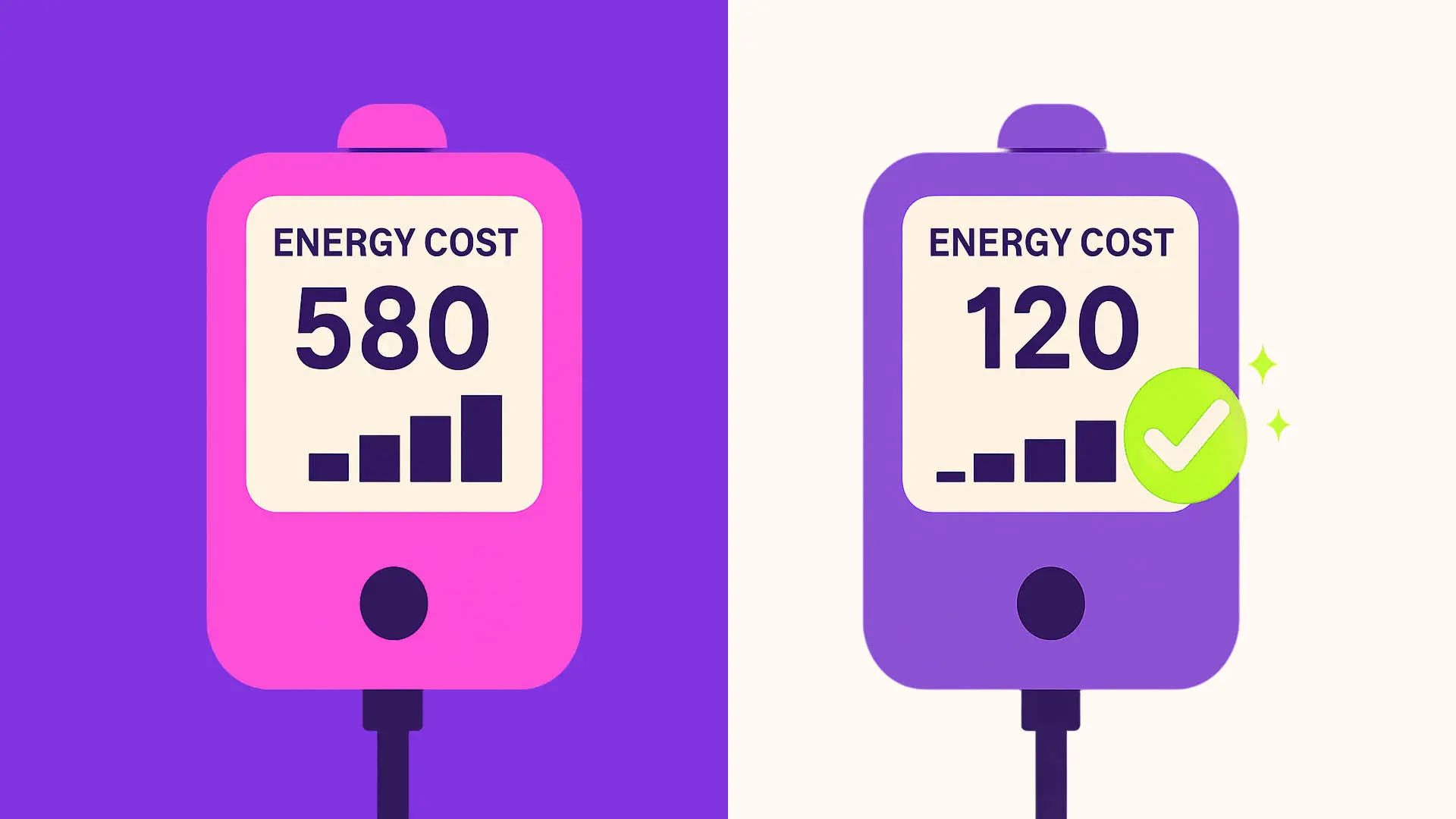Time to read : 4 Minutes
Depending on where in Australia you live, you could have many energy comparison sites at your fingertips. But the thing is, comparators use different methods when comparing energy provider offers.
So, if you’re an energy customer looking for a better energy deal, it makes sense to know more about how comparators are finding you energy deals. Before you change providers, it’s good to have peace of mind you’re making the right move.
Energy is a complex topic. In this insider piece, I’m going to help you get ‘switched on’ so you can understand the different methods of comparing including some of the pros and cons. I’ll also explain a little more about what goes on “under the hood” when you compare. Let’s dive in.
What are the energy comparison methods?
Reference price
Each year, energy regulators set what’s known as the reference price for electricity. In a nutshell it’s the benchmark price and it’s worked out from the average amount of electricity used in a given area or zone.
The reference price exists to stop retailers from charging excessive amounts to customers who haven’t negotiated a market offer. This is a really interesting topic and you can read more on my piece on reference prices.
While using the reference price as a comparison method is basic, it’s really just a guide. It also only covers electricity so it doesn’t take other forms of energy into consideration.
At Compare Club when we’re comparing electricity plans, we do look at the reference price as a guide and attempt to find deals that are significantly better than the reference price.
COMPARE & SAVEAverage household size
This comparison method looks at the number of people in your household in relation to your energy usage. It allows you to compare via usage benchmarks for households similar to yours within your distribution zone. For example, is your household a larger family of four or more people, or a single-person household?
This method is a simple way to compare, and it can be marginally more accurate than the reference price method. It can also to some degree help you to know if you’re already on a good plan, or whether you should switch to another one.
Average daily load
Don’t let the name of this comparison method fool you. Average daily load looks at your address and considers how much your house has been using in the past 12 months.
Yes… but it doesn’t look at your plan type or other important elements such as peak / off-peak tariffs which can greatly influence your ‘daily load’.
This method is typically used for a single-rate or controlled load meter type, so there are limitations to using it. For this reason Compare Club generally only uses average daily load for single-rate or controlled load meter type.
Bill comparison
Out of all the methods we’ve covered so far, bill comparison would be the most accurate way of comparing energy deals.
Doing a bill comparison relies on you to have a bill handy. You can do this by yourself or a Compare Club expert can help you. Because you need to source a bill, it can take some time to complete this first step – who generally has a bill handy when it’s needed?
Bill comparison generally looks at your current bill, for example a one month period or perhaps 90 days. It’s the most accurate method of comparing your actual bill versus switching to a new provider.
But… it does take a little while to run the manual calculations and many Aussies need a hand with this.
Be aware: because energy usage can go up or down depending on the seasons, it may not always be a reliable method for comparing a full year of usage.
Is there a better, more accurate way to compare energy?
The short answer is – yes there is…
Open Energy
This is a new way of comparing energy deals for electricity bills, and Compare Club will be one of the first comparison services to get on board with this technology.
Australia’s new Consumer Data Right laws give consumers the right to their banking and energy data. And so when you share your energy data via the Open Energy comparison method, we can find better deals with confidence.
Open Energy has the capability of analysing 12 months of energy use at an individual household level. This means it uses very reliable information to then be able to show you the most competitive plans.
The other great thing about Open Energy is that the system is remarkably fast – it can come up with the best plans and energy offers from our panel in just a few minutes.
Compare Club is excited to offer this method of comparing energy very soon. Watch this space.
Bottom line
While there are a number of ways to compare energy plans, Open Energy promises to be a more reliable, transparent and fast way to check you’re on a good deal. And that translates to better savings for when you’re ready to switch.
If you want to revisit your energy plan, let the experts at Compare Club help you find the best deal.
Go Deeper:
Compareclub.com.au is an online energy comparison service and is owned and operated by Compare Club Australia Pty Ltd (ACN: 634 600 007). Compare Club doesn’t compare all products from all retailers and not all products are available to all customers. Please consider the individual product terms and conditions carefully to ensure the product is right for you. Compare Club's comparison service is completely free for our customers. We are paid a one-off fee from our panel of providers if you switch providers or plans with us.
